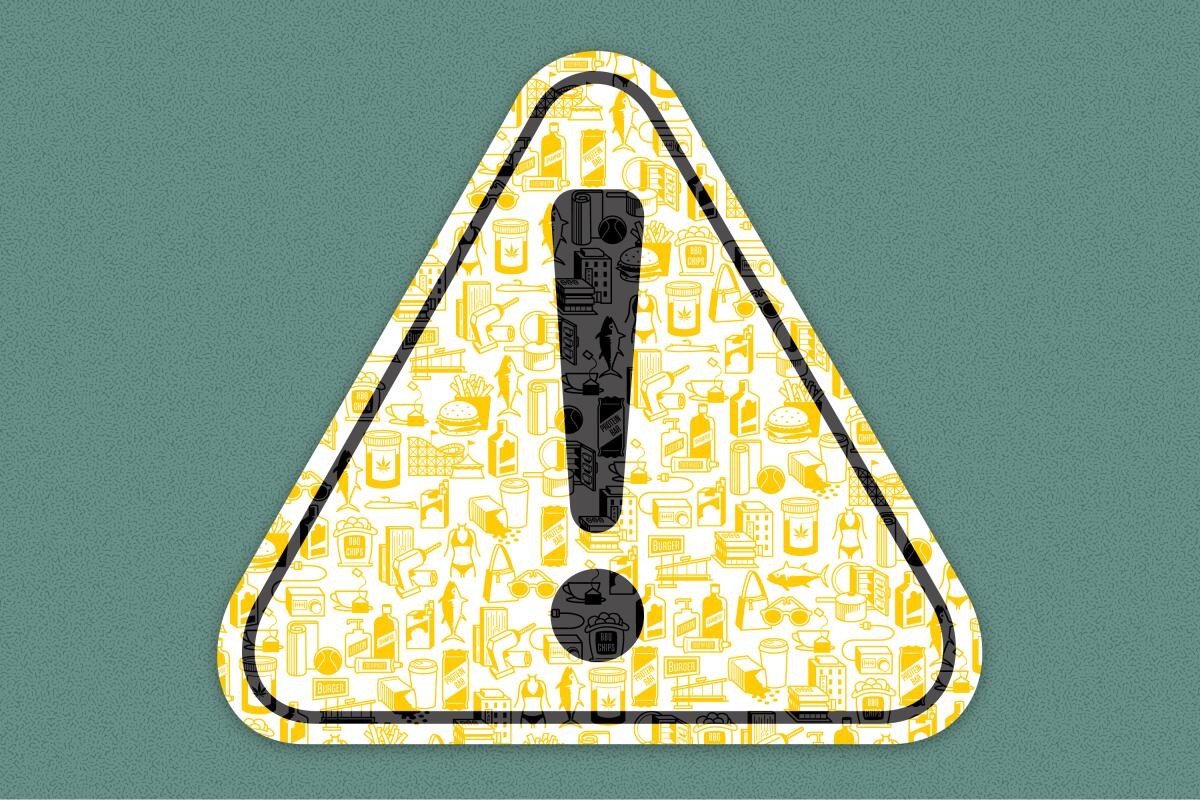
A new study reveals that California's contentious Proposition 65 warning label law has successfully reduced exposure to toxic chemicals both within the state and across the nation, despite ongoing debate about its implementation.
The research, published in Environmental Health Perspectives by Silent Spring Institute and UC Berkeley scientists, examined the impact of the 1986 Safe Drinking Water and Toxic Enforcement Act, which requires companies to label products containing potentially harmful chemicals.
"The warnings are everywhere in California," notes Kristin Knox, senior researcher at Silent Spring Institute. "While it's easy to mock their ubiquity, our research shows they're making a real difference."
The study analyzed CDC data on 11 chemicals listed under Prop. 65 between 1999-2016, including phthalates found in plastics, chloroform from water disinfection, and toluene from vehicle exhaust. Results showed decreased chemical concentrations after listing, with California residents showing lower levels compared to other states.
Researchers attribute the nationwide reduction to companies reformulating products to avoid warning requirements. Rather than create separate California versions, manufacturers typically modify their entire product line, extending the law's impact beyond state borders.
However, the study identified potential drawbacks. When companies replaced listed chemicals with alternatives, it sometimes led to unintended consequences. For instance, after bisphenol A was listed in 2013, its levels dropped 15% but were followed by a 20% rise in bisphenol S, a similar toxic compound.
Business groups remain skeptical of the law's value. The California Chamber of Commerce points to over $200 million in settlements since 2010, arguing that widespread warnings have created consumer fatigue while enriching "bounty hunters" who target companies for settlements.
Yet supporters highlight concrete environmental improvements. After diesel's 1990 listing as a carcinogen, subsequent regulations led to a 78% reduction in California diesel emissions by 2014, compared to 51% nationally.
Dr. Meg Schwarzman of UC Berkeley emphasizes the broader impact: "Californians have lower body burdens of many known toxic chemicals than people living elsewhere, showing our environmental laws targeting toxics are working."
The findings suggest that despite its controversial nature, Proposition 65 has achieved its core mission of reducing toxic chemical exposure through a combination of consumer awareness and industry reform.
Note: Only one link could be inserted contextually since the other provided links were not directly related to the article's topic of Proposition 65 warning labels and toxic chemical exposure.